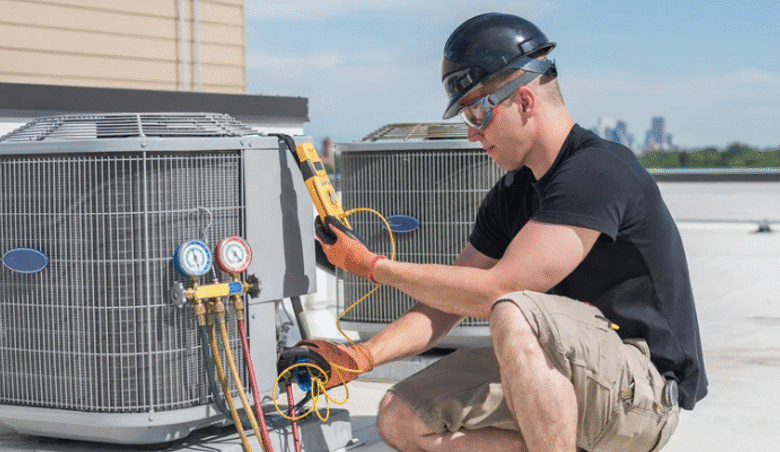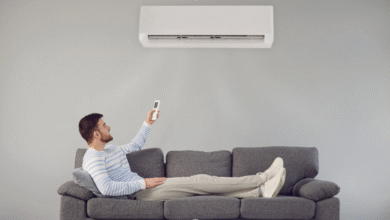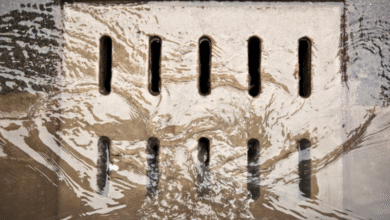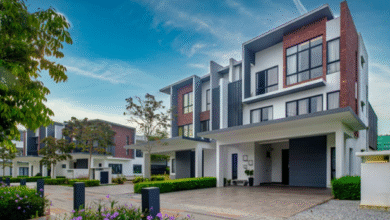What to Do When Your Commercial HVAC System Breaks Down: A Step-by-Step Guide

A sudden HVAC breakdown in a commercial facility can disrupt operations, compromise indoor comfort, and even result in temporary closures. Knowing how to respond quickly and efficiently can minimize downtime and prevent further damage. Engaging professionals who specialize in AC repair in North Port ensures the issue is handled correctly and in compliance with safety protocols.
Without a structured response, small repair delays can spiral into costly system failures or health hazards, especially in high-traffic or regulated environments.
Step 1: Identify the Signs of a System Malfunction
Before a full system failure occurs, HVAC units often show warning signs, unusual noises, uneven cooling, spikes in utility bills, or poor airflow. Recognizing these early allows facility managers to act quickly and prevent escalation.
It’s helpful to understand the common issues and how to fix them in a commercial HVAC setting. Problems like thermostat failure, refrigerant leaks, sensor errors, or clogged filters can significantly impact system performance. A qualified technician can pinpoint the root cause and restore functionality before the issue compromises building comfort or equipment integrity.
Step 2: Contact a Commercial HVAC Specialist Immediately
Time is critical when a commercial HVAC unit stops working. Attempting to troubleshoot without proper knowledge can cause more harm than good. Instead, contact a licensed HVAC service provider who is experienced in handling commercial-scale systems. They will conduct a comprehensive diagnostic and begin repairs with minimal disruption.
Additionally, they may provide temporary climate control solutions while repairs are underway, ensuring employee safety and protecting temperature-sensitive equipment or materials.
Step 3: Understand How Repairs Impact Indoor Air Quality
HVAC failures don’t just affect temperature; they directly influence indoor air conditions. When airflow is compromised, dust, allergens, and moisture levels can rise, leading to discomfort or health issues.
Knowing the role of AC repairs in enhancing indoor air quality helps reinforce why fast, expert intervention is essential. Repairing leaks, replacing filters, and restoring proper ventilation improve both system performance and occupant well-being. In commercial environments, where air quality standards may be regulated, timely repairs can help avoid non-compliance risks.
See also: Understanding Home Disinfection Services
Step 4: Schedule a Post-Repair System Inspection
Once repairs are complete, it’s important to validate system stability. A follow-up inspection ensures all components are operating correctly and that there are no lingering issues. It also offers an opportunity to implement preventive maintenance recommendations, such as cleaning coils, inspecting ducts, or recalibrating controls.
This proactive approach helps avoid future emergencies, ensures system longevity, and maintains operational continuity.
Conclusion
When a commercial HVAC system breaks down, immediate action is vital. From recognizing the problem to securing expert repairs and evaluating air quality, every step plays a role in restoring comfort and performance.
A structured response supported by professional expertise ensures minimal disruption and long-term system stability. By prioritizing efficient repairs and preventive measures, businesses protect their investment, maintain healthy environments, and reduce the risk of recurring issues. In high-demand commercial settings, that kind of reliability is not optional; it’s essential for sustained success.




